Breakthroughs in physics sometimes require an assist from the field of mathematics—and vice versa.
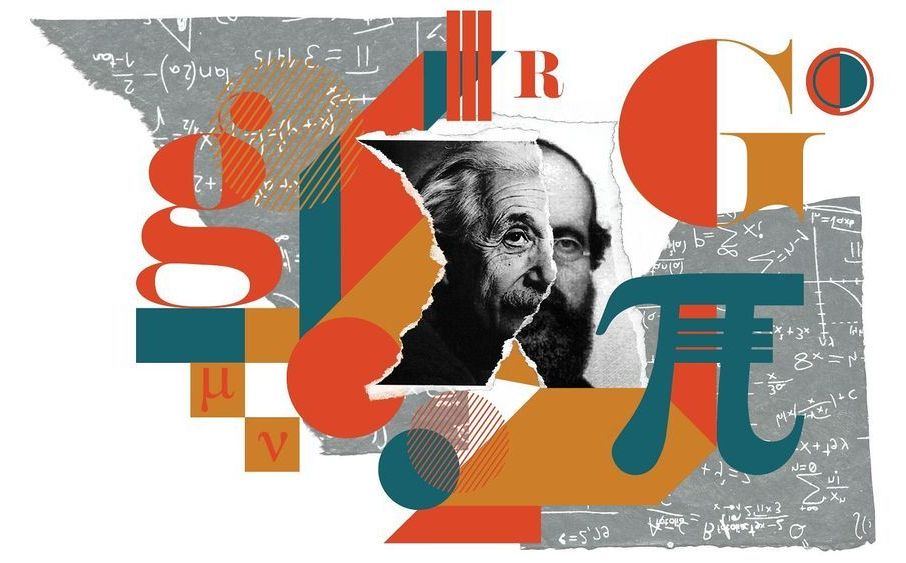

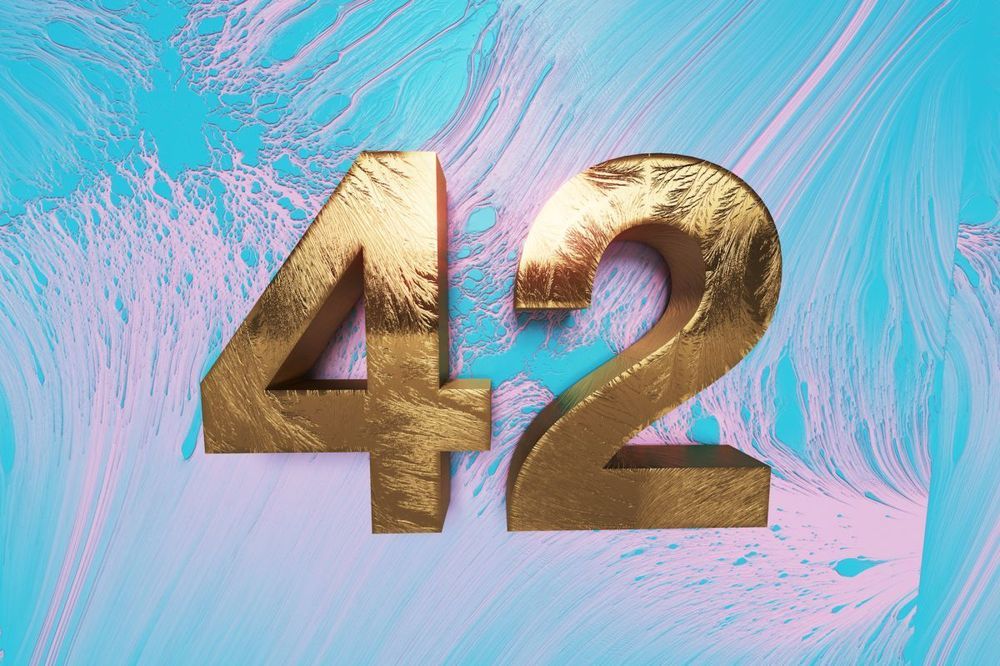

Women innovators across the United States have been selected as AAAS IF/THEN® Ambassadors by the American Association for the Advancement of Science and Lyda Hill Philanthropies to share their stories and serve as high-profile role models for middle-school girls.
Information about the 125 women selected as AAAS IF/THEN® Ambassadors can be found at www.ifthenshecan.org/ambassadors.
IF/THEN®, a national initiative of Lyda Hill Philanthropies, seeks to further women in science, technology, engineering and math by empowering current innovators and inspiring the next generation of pioneers.
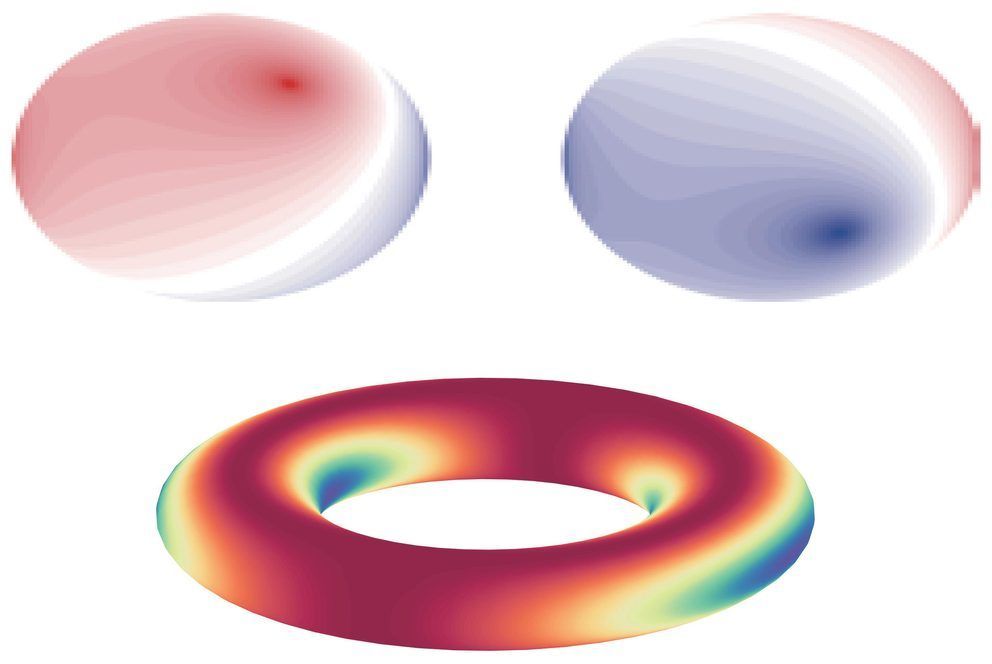
An exotic physical phenomenon, involving optical waves, synthetic magnetic fields, and time reversal, has been directly observed for the first time, following decades of attempts. The new finding could lead to realizations of what are known as topological phases, and eventually to advances toward fault-tolerant quantum computers, the researchers say.
The new finding involves the non-Abelian Aharonov-Bohm Effect and is published in the journal Science by MIT graduate student Yi Yang, MIT visiting scholar Chao Peng (a professor at Peking University), MIT graduate student Di Zhu, Professor Hrvoje Buljan at University of Zagreb in Croatia, Francis Wright Davis Professor of Physics John Joannopoulos at MIT, Professor Bo Zhen at the University of Pennsylvania, and MIT professor of physics Marin Soljačić.
The finding relates to gauge fields, which describe transformations that particles undergo. Gauge fields fall into two classes, known as Abelian and non-Abelian. The Aharonov-Bohm Effect, named after the theorists who predicted it in 1959, confirmed that gauge fields — beyond being a pure mathematical aid — have physical consequences.

Quantum many-body systems (QMBs), which are physical systems made up of multiple interacting particles, are among the most challenging structures to reproduce in numerical simulations. In the past, researchers have attempted to simulate these systems using a variety of techniques, including Monte Carlo simulations and even exact diagonalizations.
Methods involving tensor networks (TNs), mathematical concepts that can be applied in a variety of scientific fields, have also shown some potential for the simulation of QMBs. However, so far, these techniques have only been successfully applied to small systems or those with a simple geometry.
In a recent study, researchers at the University of Central Florida were able to simulate QMBs on Amazon Web Services using a TN-based method. Their paper, pre-published on arXiv, highlights some of the potential advantages and implications of using cloud services for research purposes.
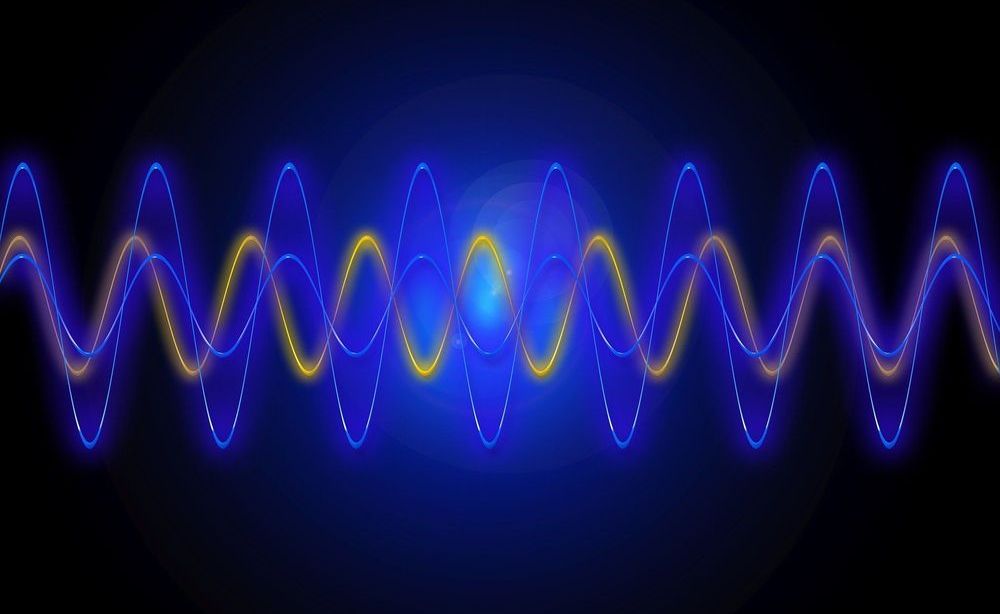
An exotic physical phenomenon, involving optical waves, synthetic magnetic fields, and time reversal, has been directly observed for the first time, following decades of attempts. The new finding could lead to realizations of what are known as topological phases, and eventually to advances toward fault-tolerant quantum computers, the researchers say.
The new finding involves the non-Abelian Aharonov-Bohm Effect and is reported today in the journal Science by MIT graduate student Yi Yang, MIT visiting scholar Chao Peng (a professor at Peking University), MIT graduate student Di Zhu, Professor Hrvoje Buljan at University of Zagreb in Croatia, Francis Wright Davis Professor of Physics John Joannopoulos at MIT, Professor Bo Zhen at the University of Pennsylvania, and MIT professor of physics Marin Soljacic.
The finding relates to gauge fields, which describe transformations that particles undergo. Gauge fields fall into two classes, known as Abelian and non-Abelian. The Aharonov-Bohm Effect, named after the theorists who predicted it in 1959, confirmed that gauge fields—beyond being a pure mathematical aid—have physical consequences.
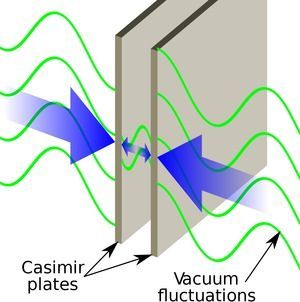
From the fictional universe of Stargate Atlantis and Marvel Comic’s Realm of Kings to NASA’s Eagleworks Propulsion laboratory, zero-point energy, also known as vacuum energy, is touted as a potentially limitless and ubiquitous source of energy, if one can only find the means to harness it. [1] Zero-point energy can be formulated in a few different ways, but in its most basic form, it is the minimal yet non-zero energy of a quantum mechanical system. In quantum field theory, zero-point energy can be considered by computing the expected energy of the zero photon mode. [2] In a system with no physical boundaries, the expected energy of the zero photon mode diverges! Yet, if this energy uniformly permeates all of space-time, it is not directly observable.
Conceptual Framework
For pedagogical reasons, we will consider the popular formulation of zero-point energy. The most interesting and relevant framework for zero-point energy can be understood from the quantum field theory for photons and electrons: quantum electrodynamics. Glossing over an exceptional amount of mathematical and conceptual background, the energy of a state in quantum field theory is computed as an expectation of a Hamiltonian„ which describes the energy of the state in terms of operators acting on wavefunctions. The final computation usually requires an integral over the allowed momenta of particles in the state.
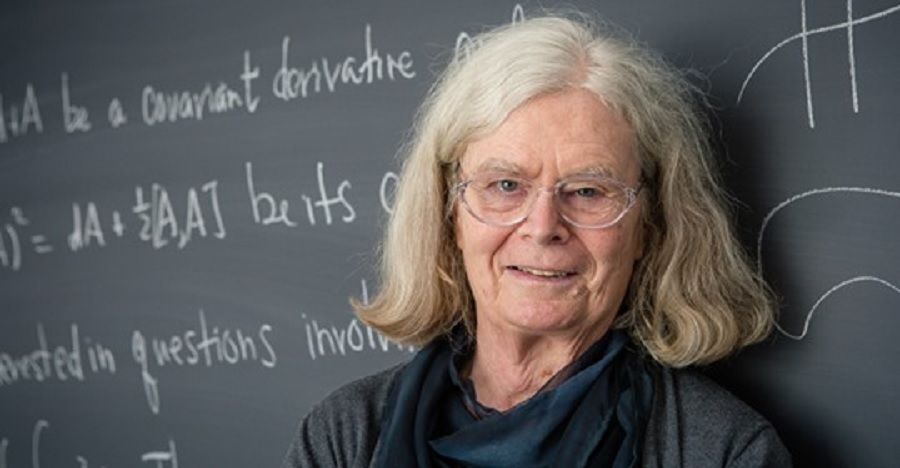
❤👍👍👍
Greetings with some good news for the women’s world. Just recently, one of the most prestigious mathematics prizes in the world – The Abel Prize was awarded to a woman for the first time ever. Yes! Karen Uhlenbeck is a mathematician and a professor at the University of Texas and is now the first woman to win this prize in mathematics. You go Karen!
The award, which is modeled by the Nobel Prize, is awarded by the king of Norway to honor mathematicians who have made an influence in their field including a cash prize of around $700,000. The award to Karen cites for “the fundamental impact of her work on analysis, geometry and mathematical physics.” This award exists since 2003 but has only been won by men since.
Among her colleagues, Dr. Uhlenbeck is renowned for her work in geometric partial differential equations as well as integrable systems and gauge theory. One of her most famous contributions were her theories of predictive mathematics and in pioneering the field of geometric analysis.
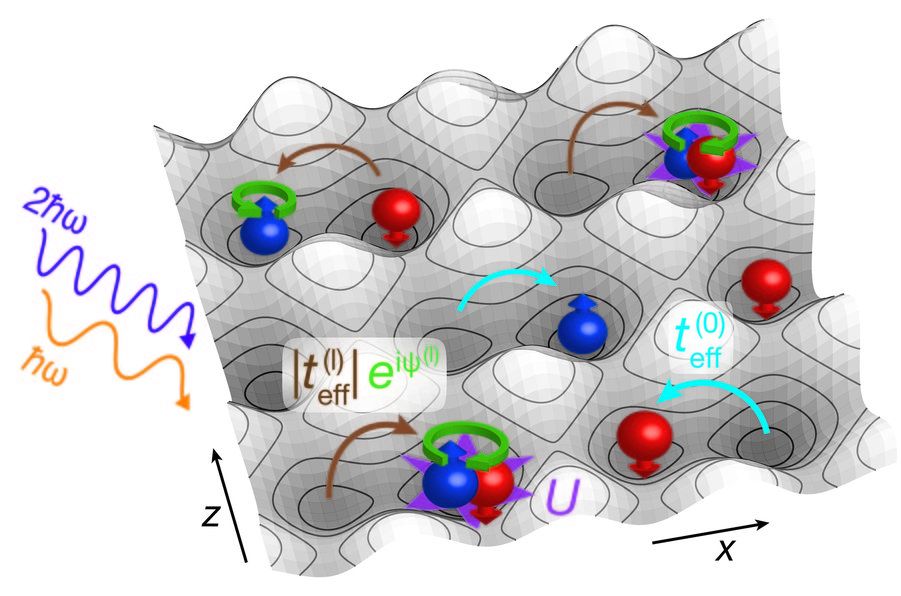
Quantum gauge theories are mathematical constructs that are typically used by physicists to describe subatomic particles, their associated wave fields and the interactions between them. The dynamics outlined by these theories are difficult to compute, yet effectively emulating them in the lab could lead to valuable new insight and discoveries.
In a recent study, a team of researchers at ETH Zurich’s Institute for Quantum Electronics successfully implemented a fundamental ingredient for the simulation of quantum gauge theories in a laboratory experiment. Their hope is that by simulating quantum systems in a highly controlled environment, they will gather interesting observations and broaden their understanding of many-body systems (i.e., systems with many particles that interact with each other).
“Usually, our work is inspired by phenomena in solid state physics such as strongly correlated phases of electrons in complex materials,” Tilman Esslinger, one of the researchers who carried out the study, told Phys.org. “In our current work, however, we wanted to extend the scope of our experimental platform (i.e., ultracold atoms in optical lattices) in order to investigate a new set of phenomena occurring in high-energy and condensed matter physics. The objective was to demonstrate that it is possible to engineer gauge fields in our setup that are dynamical quantum degrees of freedom due to their coupling to a matter field.”

20th century physics has seen two major paradigm shifts in the way we understand Mother Nature. One is quantum mechanics, and the other is relativity. The marriage between the two, called quantum field theory, conceived an enfant terrible, namely anti-matter. As a result, the number of elementary particles doubled. We believe that 21st century physics is aimed at yet another level of marriage, this time between quantum mechanics and general relativity, Einstein’s theory of gravity. The couple has not been getting along very well, resulting in mathematical inconsistencies, meaningless infinities, and negative probabilities. The key to success may be in supersymmetry, which doubles the number of particles once more.
Why was anti-matter needed? One reason was to solve a crisis in the 19th century physics of classical electromagnetism. An electron is, to the best of our knowledge, a point particle. Namely, it has no size, yet an electric charge. A charged particle inevitably produces an electric potential around it, and it also feels the potential created by itself. This leads to an infinite “self-energy” of the electron. In other words, it takes substantial energy to “pack” all the charge of an electron into small size.
On the other hand, Einstein’s famous equation  says that mass of a particle determines the energy of the particle at rest. For an electron, its rest energy is known to be 0.511 MeV. For this given amount of energy, it cannot afford to “pack” itself into a size smaller than the size of a nucleus. Classical theory of electromagnetism is not a consistent theory below this distance. However, it is known that the electron is at least ten thousand times smaller than that.
says that mass of a particle determines the energy of the particle at rest. For an electron, its rest energy is known to be 0.511 MeV. For this given amount of energy, it cannot afford to “pack” itself into a size smaller than the size of a nucleus. Classical theory of electromagnetism is not a consistent theory below this distance. However, it is known that the electron is at least ten thousand times smaller than that.